Trying Fisheye Photography On A Budget
Over the last few months I’ve been talking on the Film Photographers Discord Server (come check us out!) and there’s been a recent interest around fisheye photography. I decided I wanted to try and get in on the hype and get into it myself, until I looked up some fisheye lens options and couldn’t find any cheap Nikon F options. Luckily, I stumbled upon this this cheap fisheye adapter for $25 at a local thrift store.
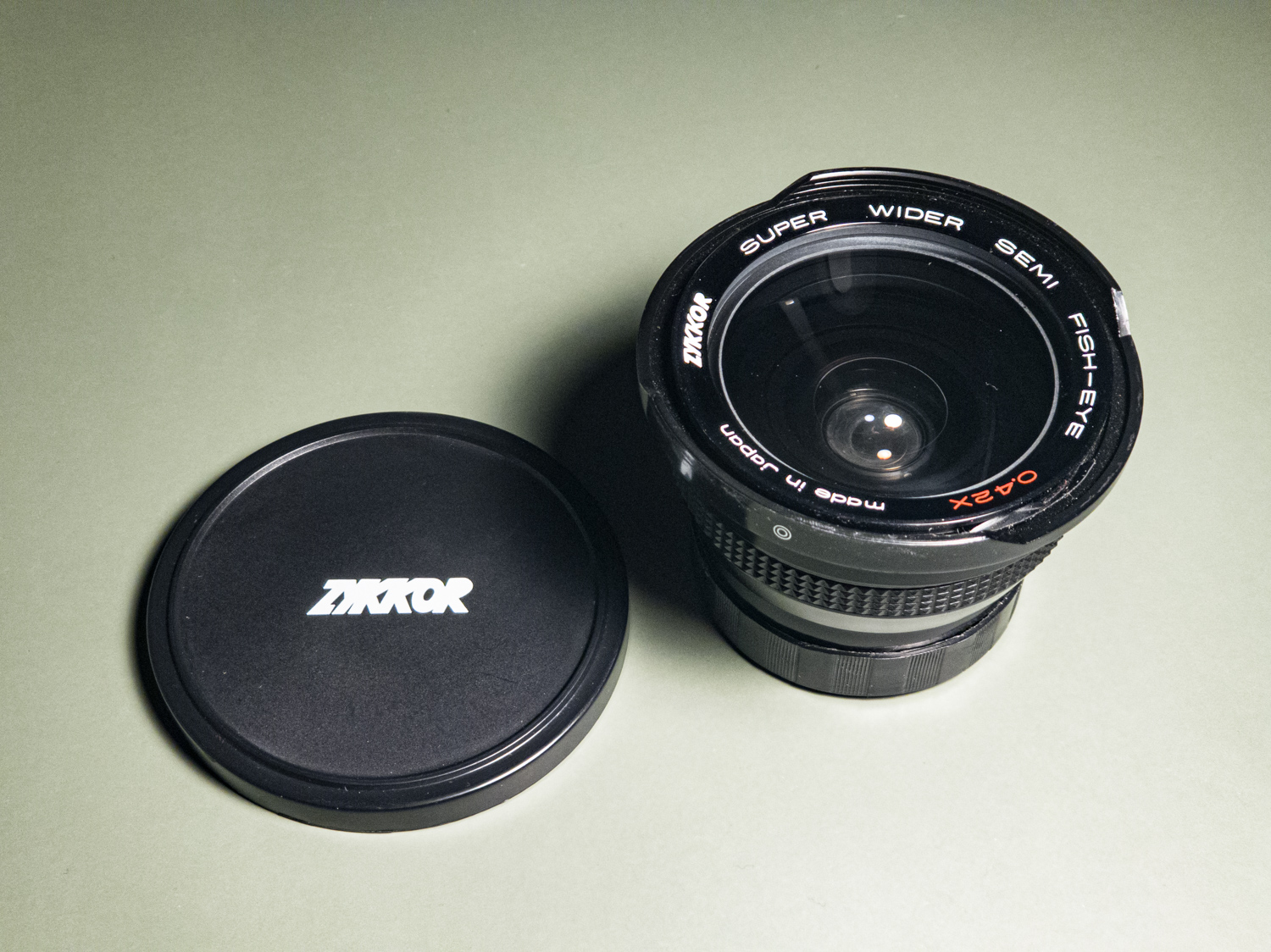
I bought it in a heartbeat, but when I came home, I realized there was an issue. These adapters are meant to screw into the front of a lens using standard filter threads. Nowadays, almost all circular filters use a single thread standard, but unfortunately for me, this adapter uses an outdated standard of filter threads called “Series Filters”. I ended up having to buy a Series VII/7 to 52mm adapter ring and patiently wait for it to arrive. Once it did, it ended up mounting perfectly fine.
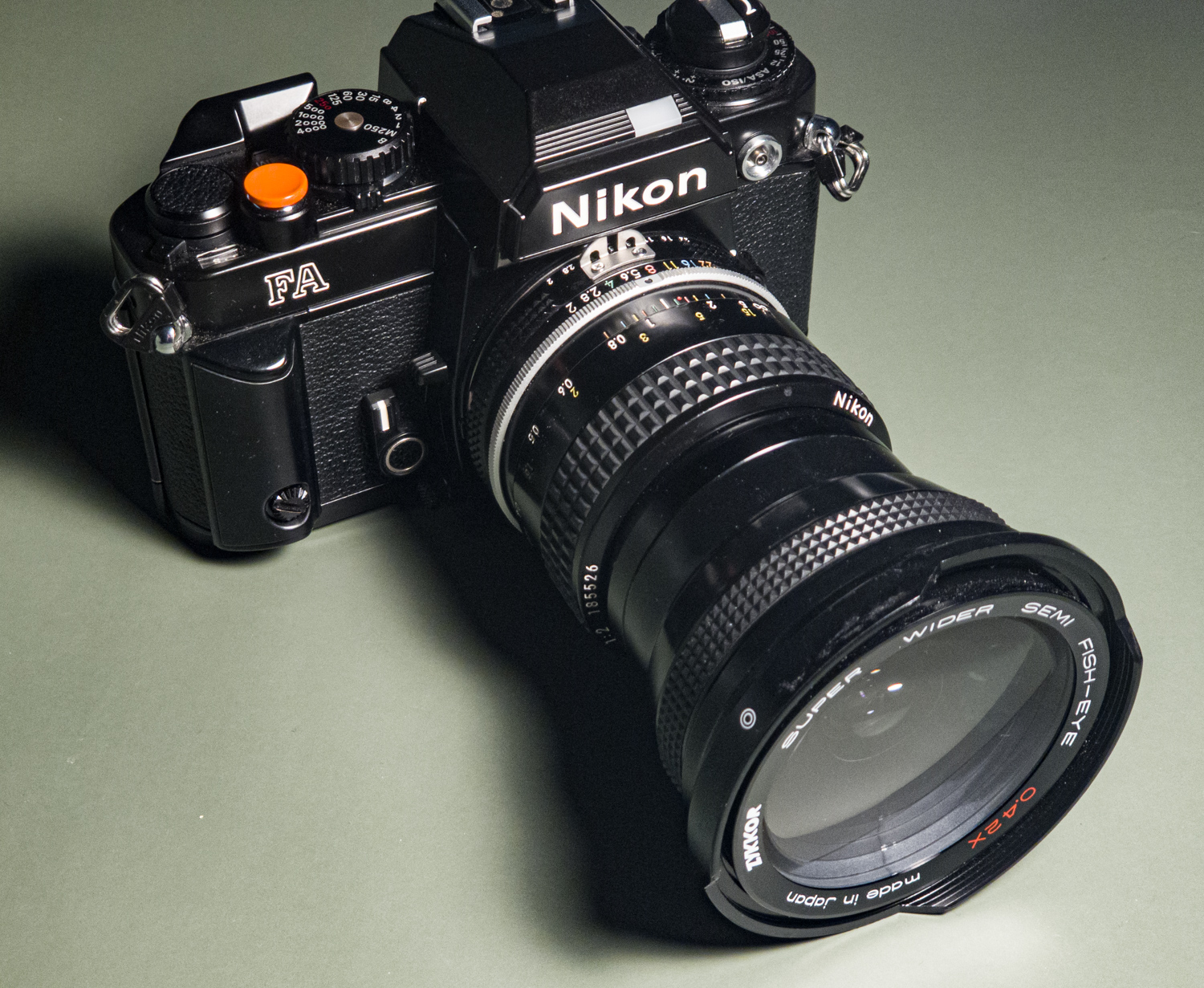
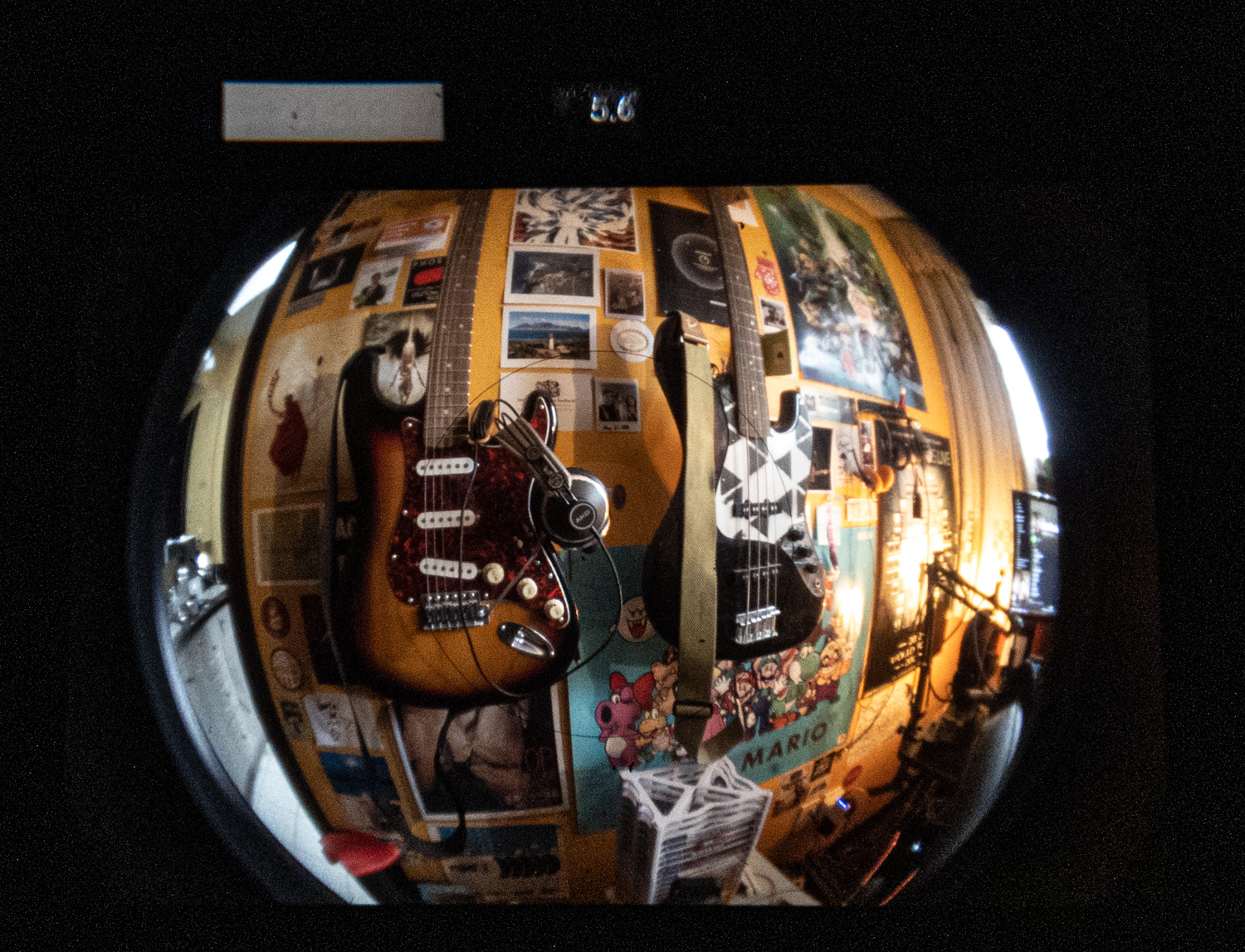
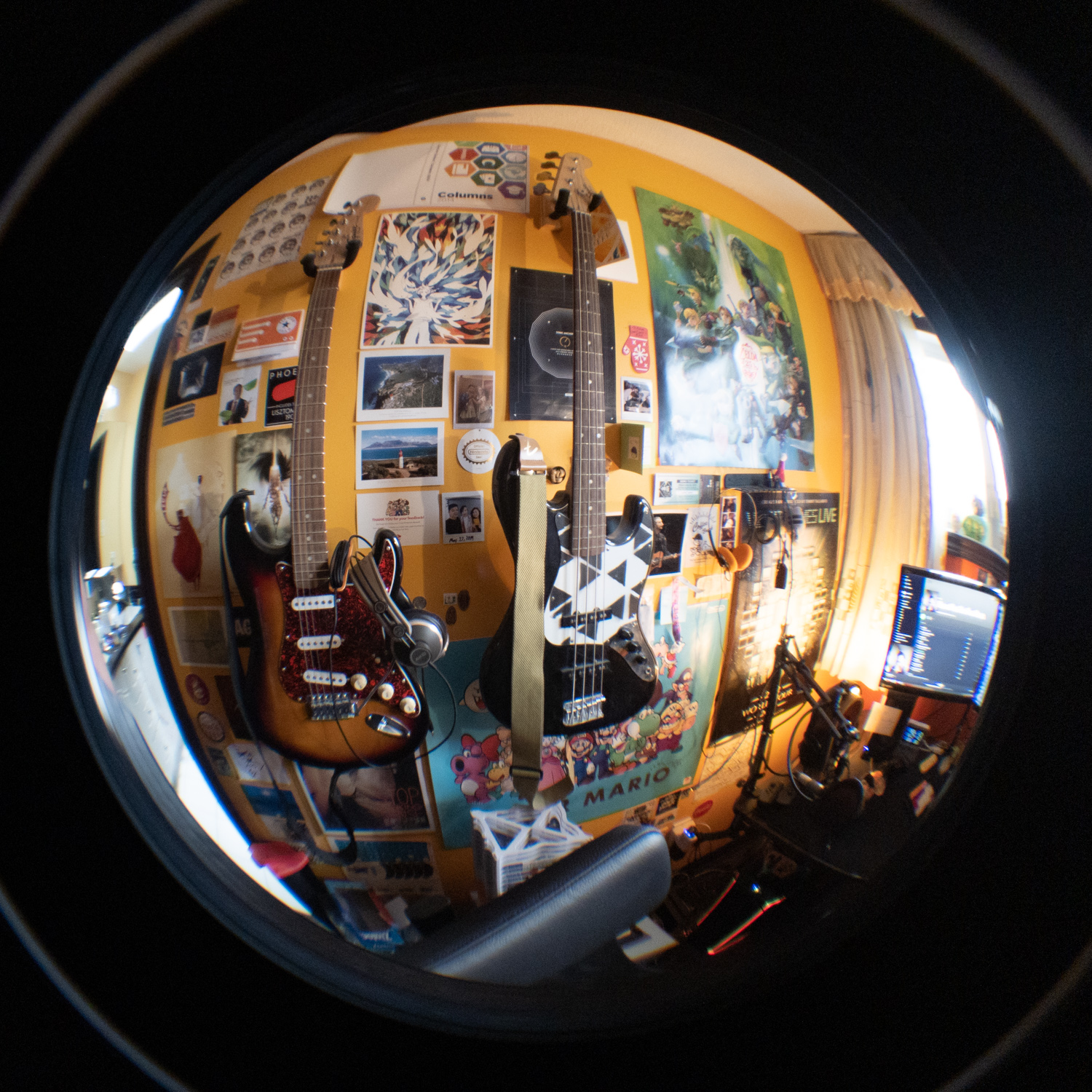
Shooting went just normally; I was able to focus as normal and let my camera meter using aperture priority. I ended up shooting 24 shots on my Nikon FA, Nikkor 35m f/2 AI, and Ilford HP5+ (Pushed two stops to 1600). I developed everything with Ilford DD-X and scanned it myself at home.
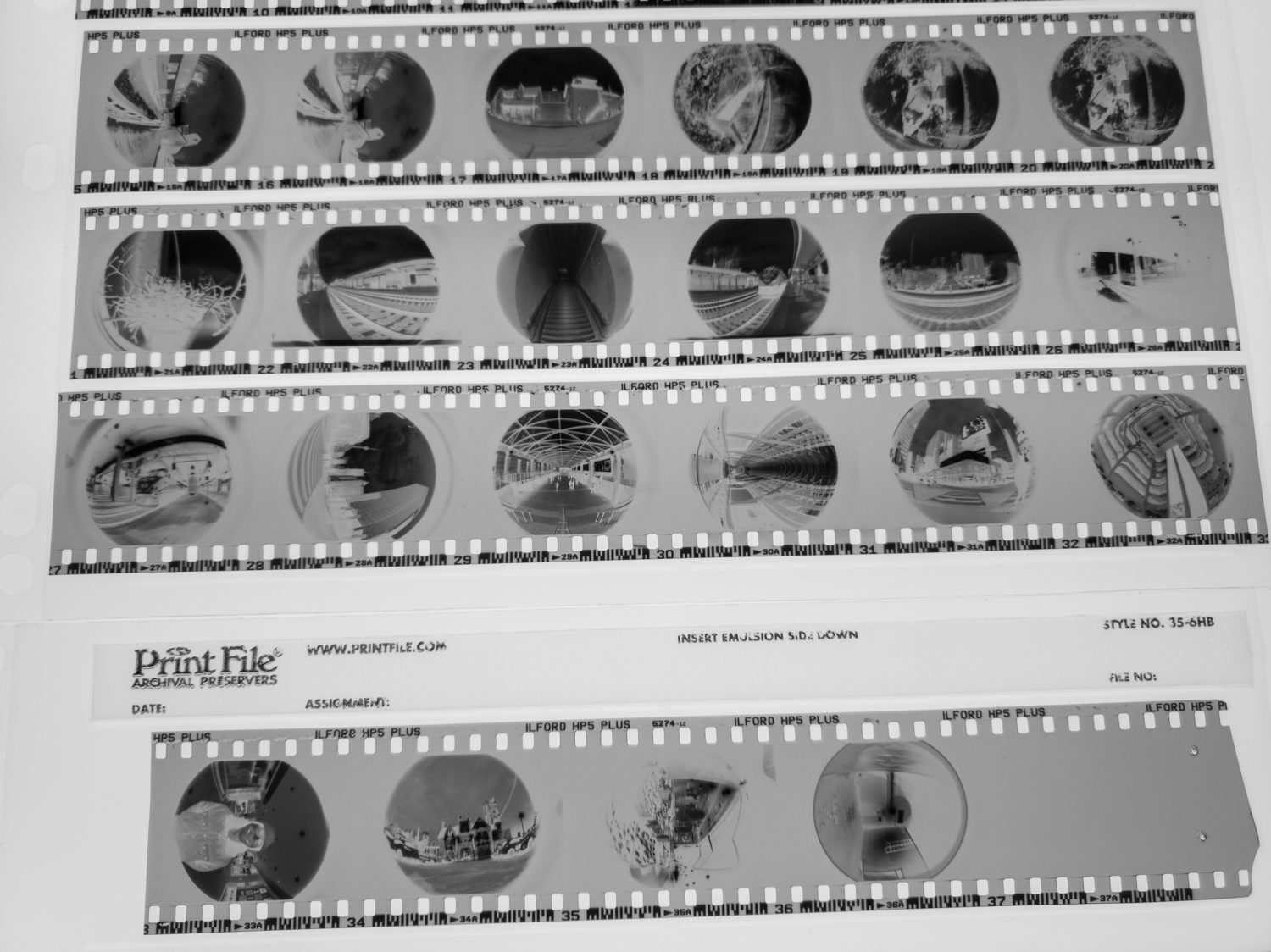
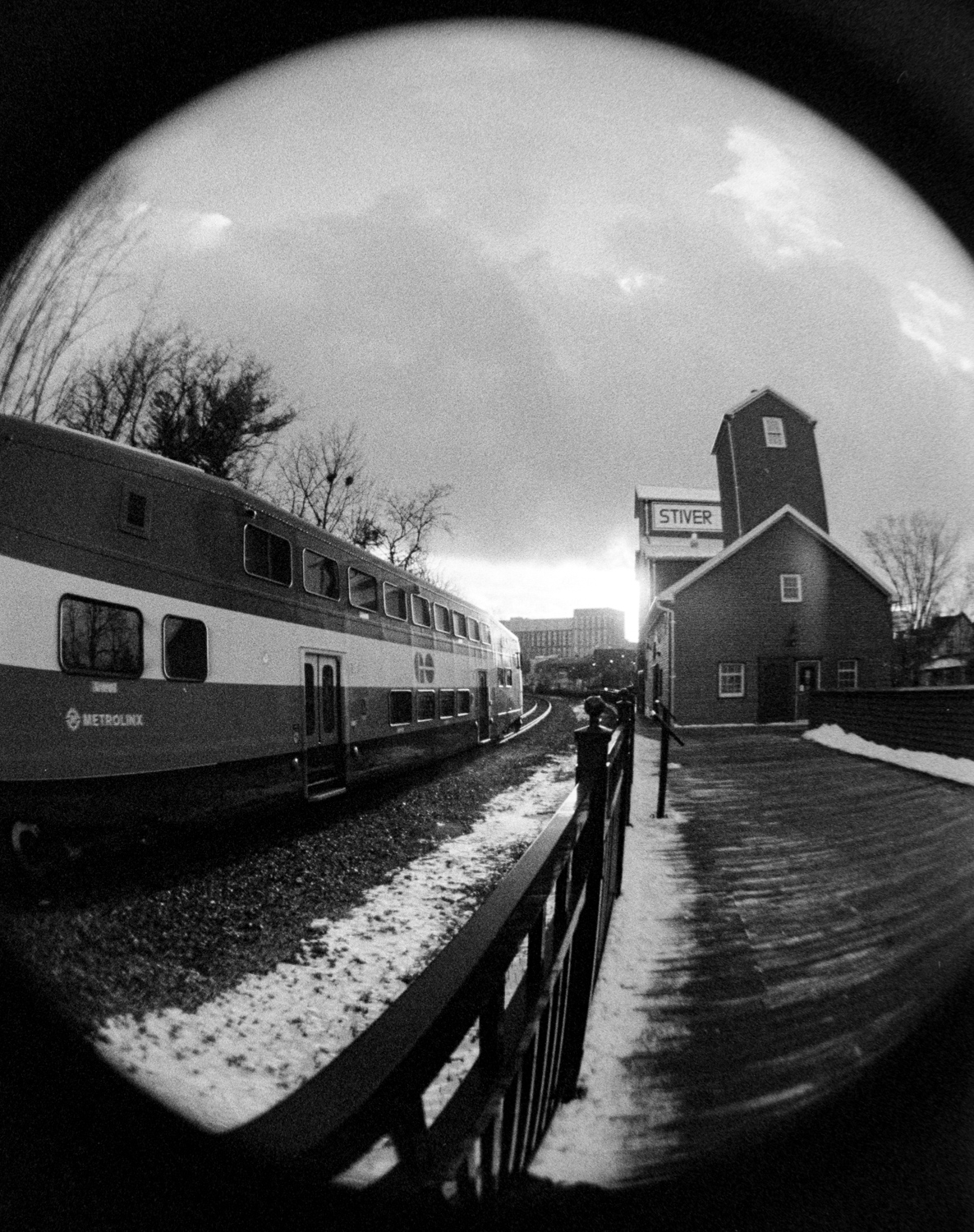
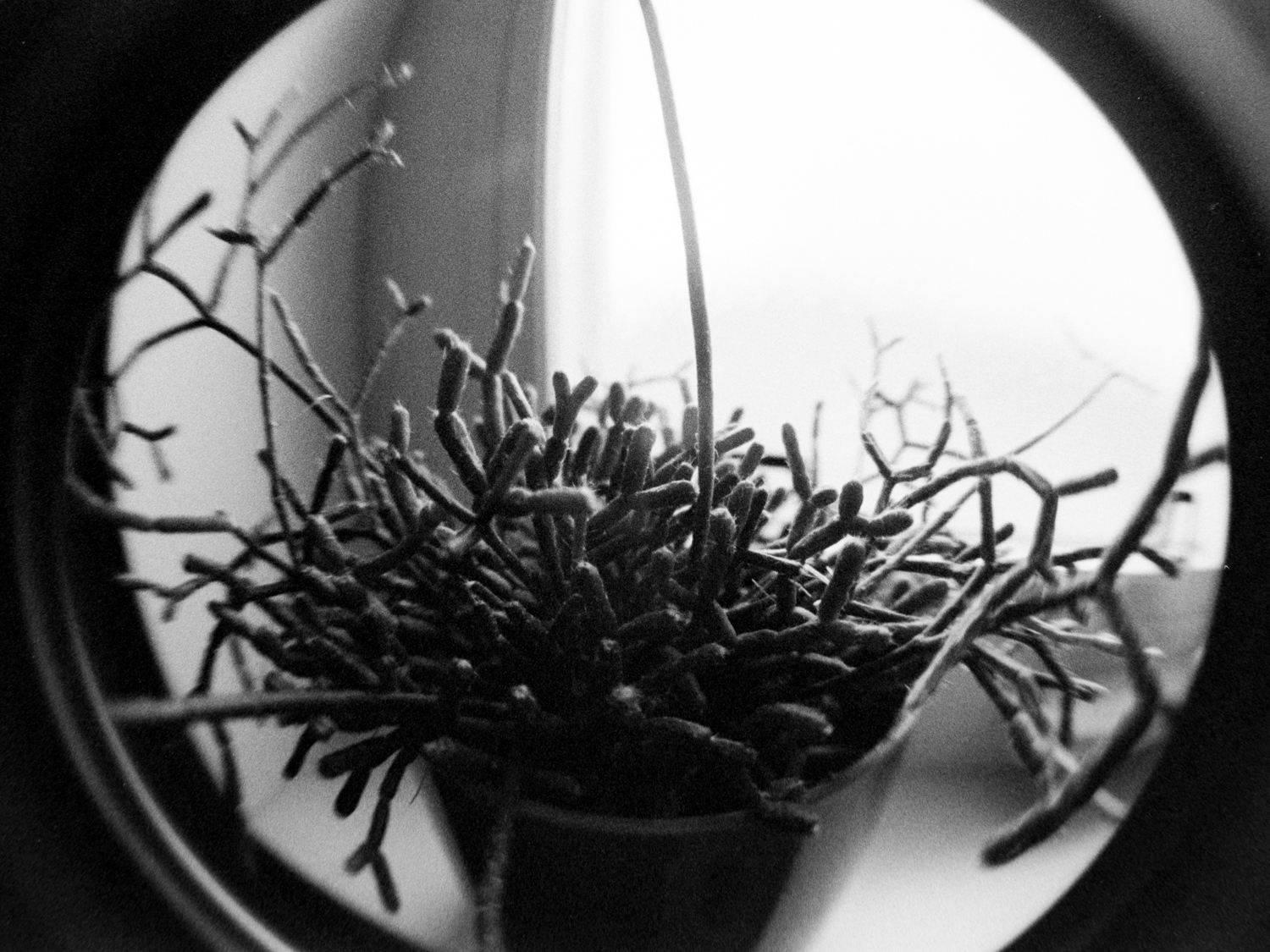
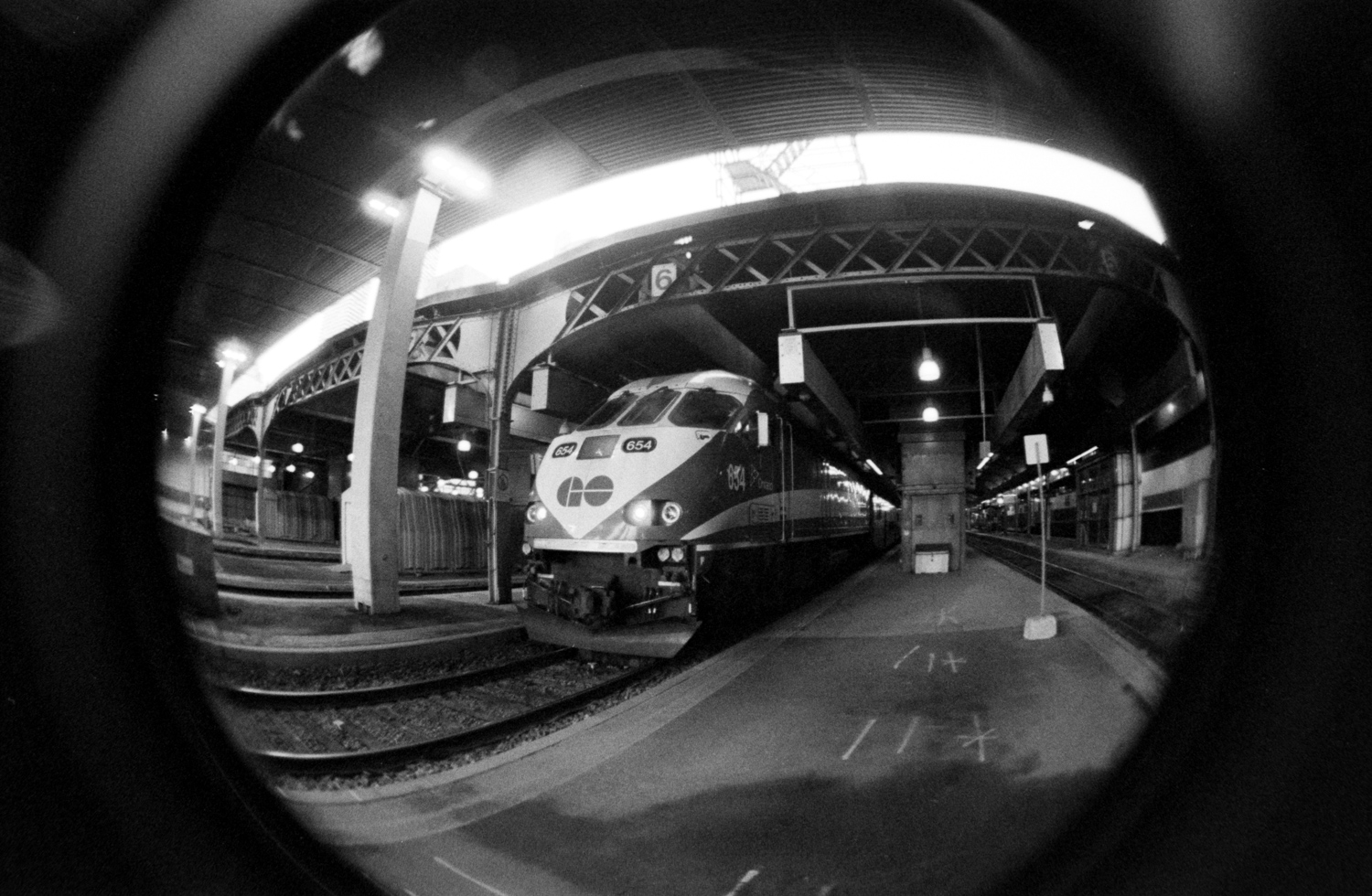
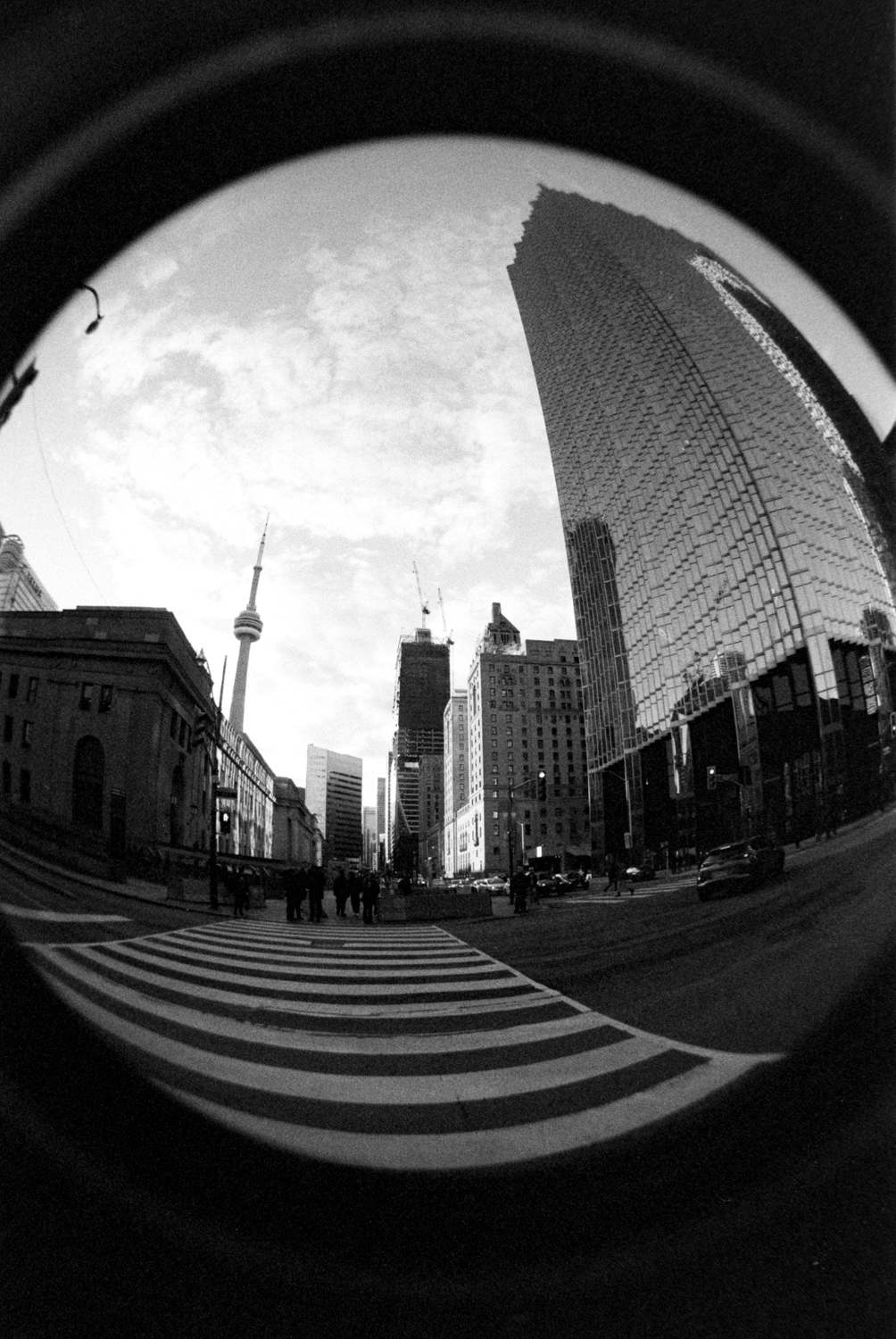
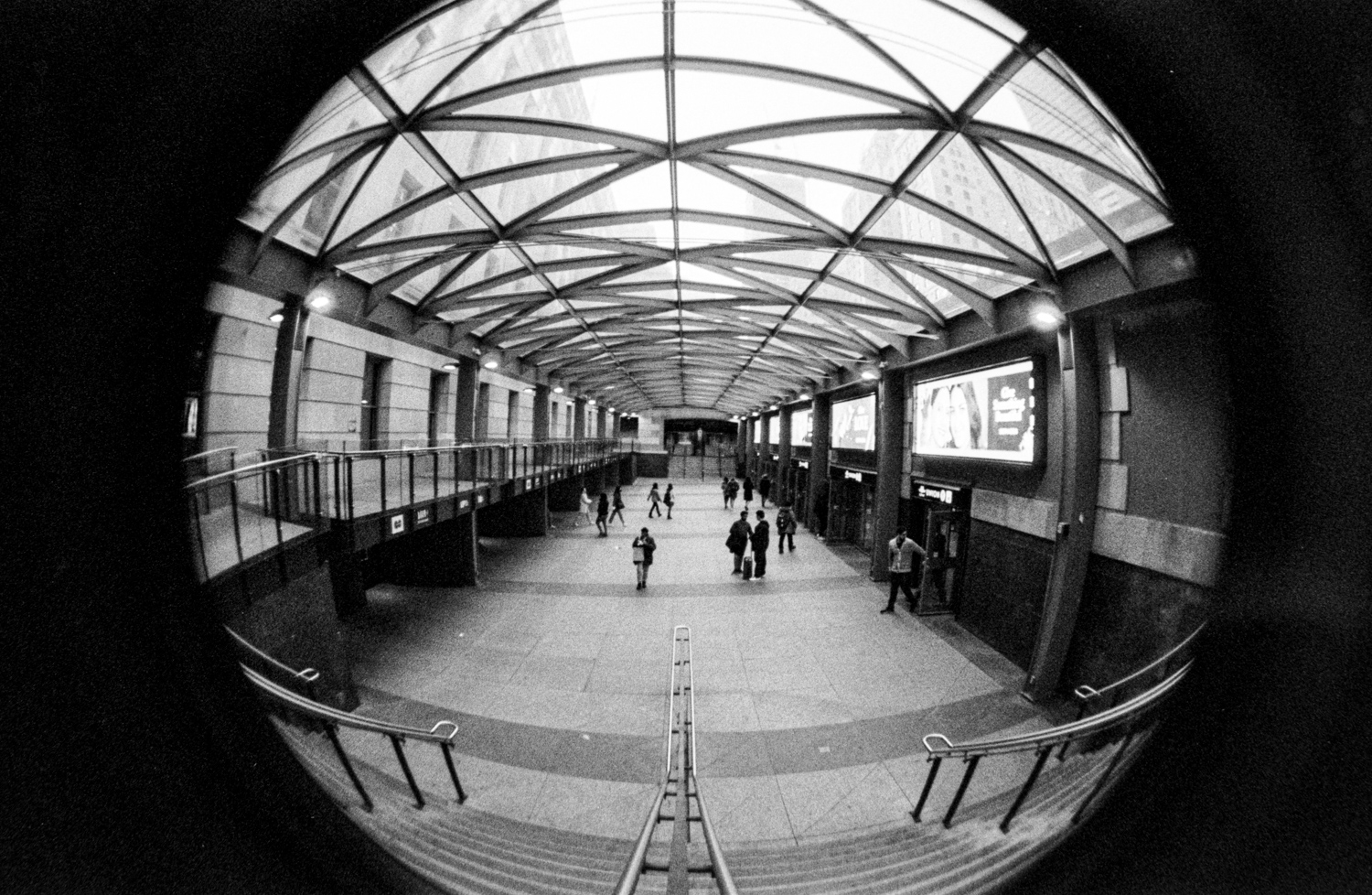
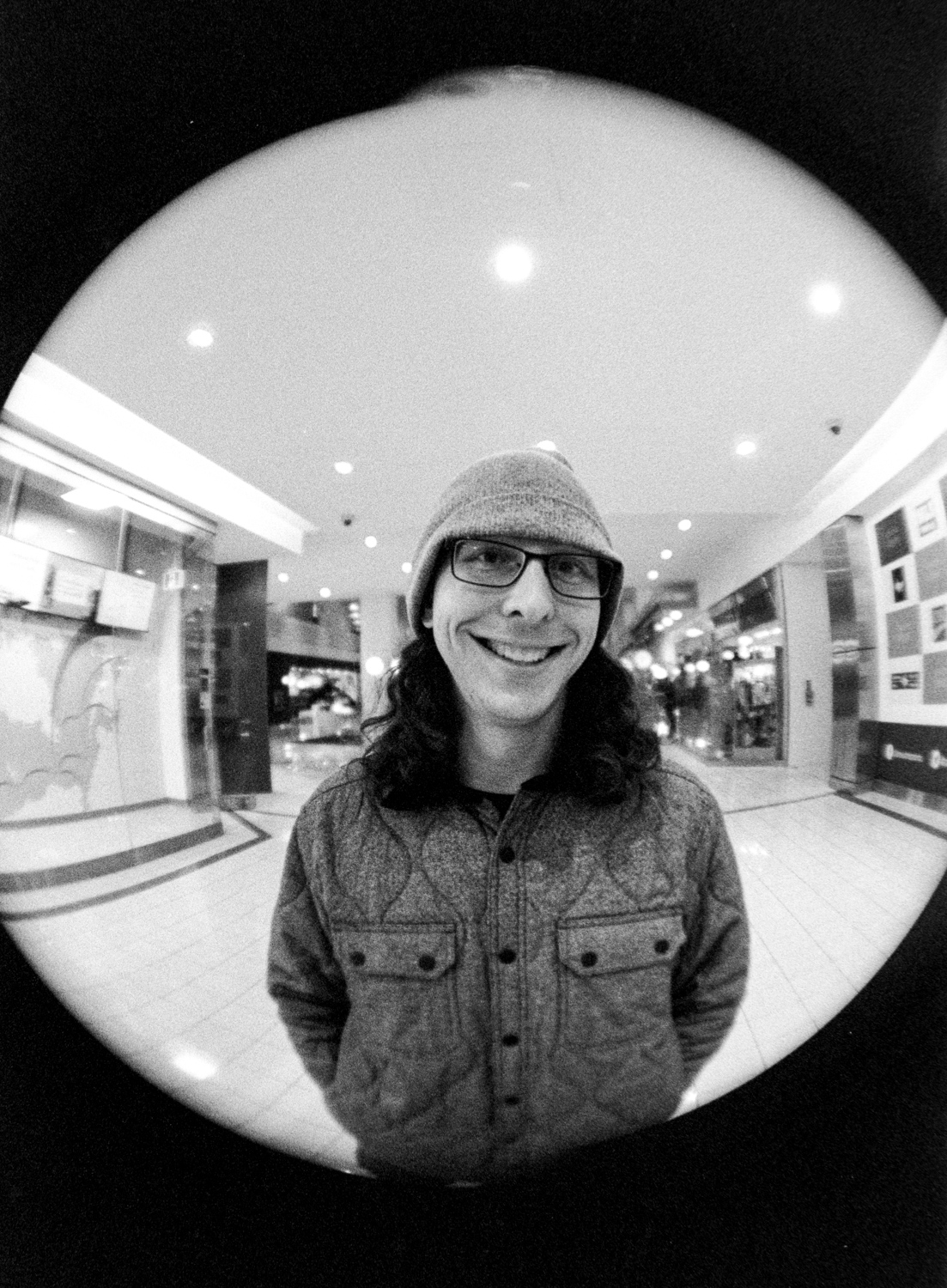
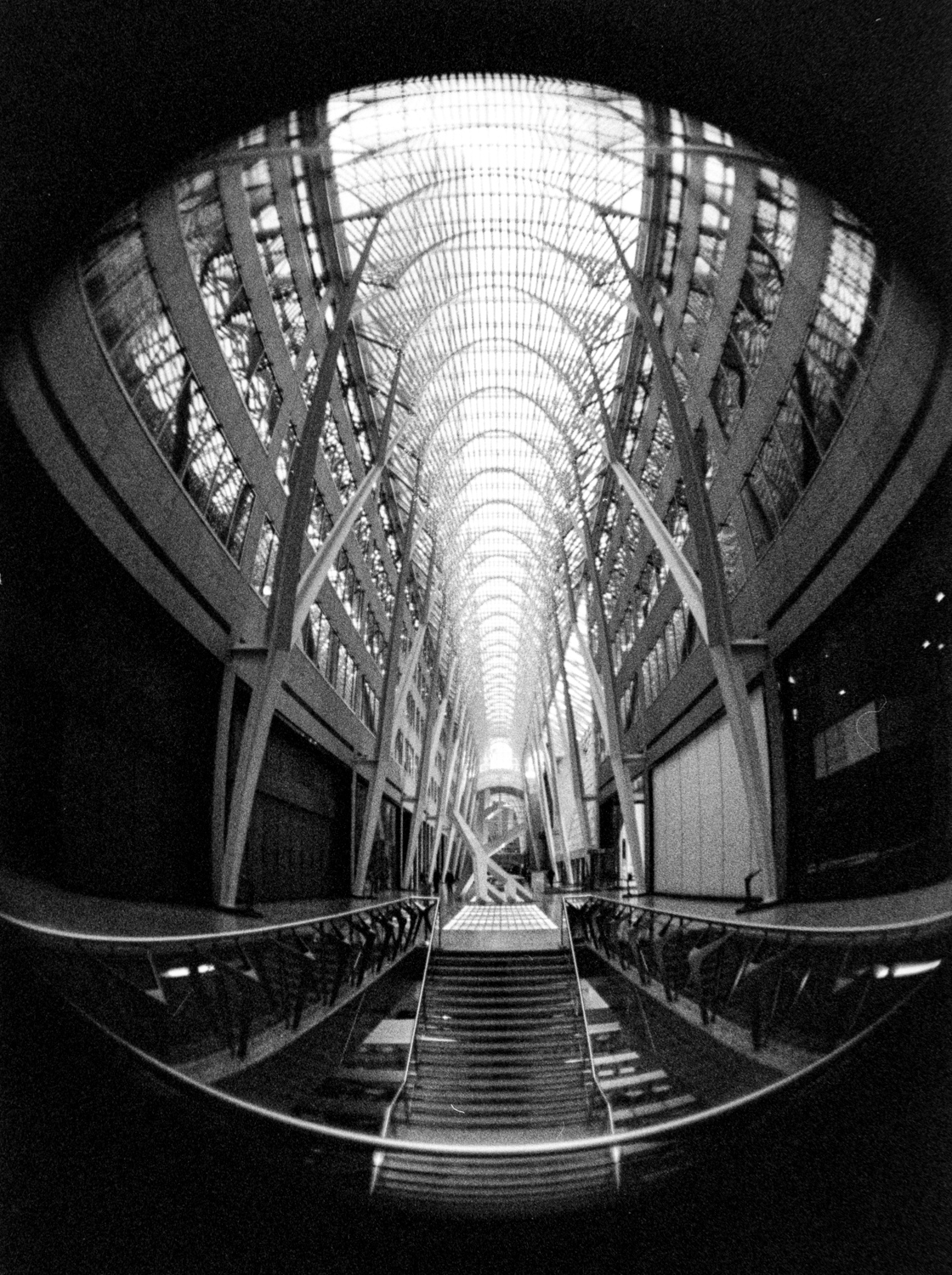
The fisheye look is definitely something that I want to keep experimenting with, maybe with colour film next time. I love how warped perspective lines look across the frame and how distorted things can look as they get closer to the lens. Am I gonna shoot it everyday? No, but it’s a great toy I can throw in my camera bag for when I want to get this look. For ~$30 to get these results, I’m super happy, and I’d highly recommend looking for a cheap fisheye adapter if you’re curious about trying it out yourself.